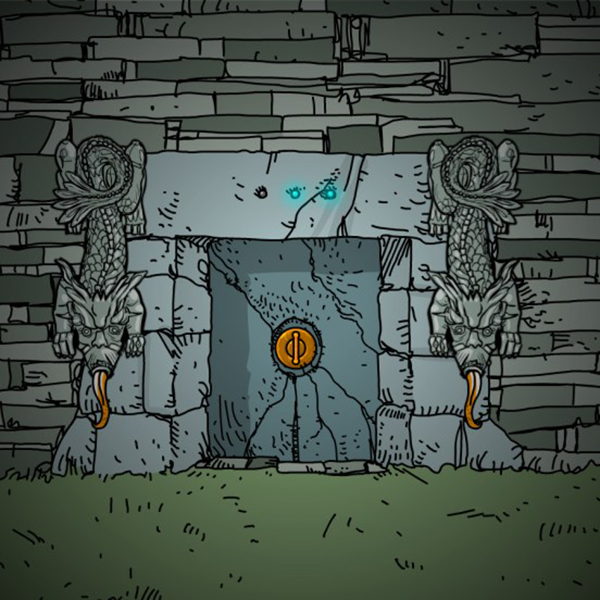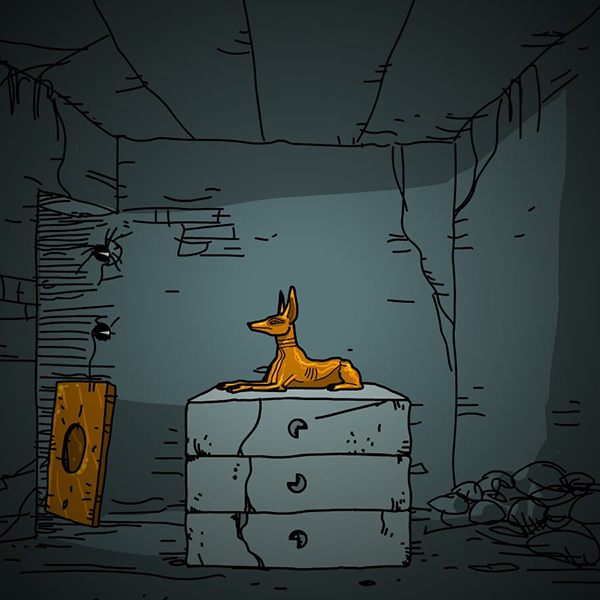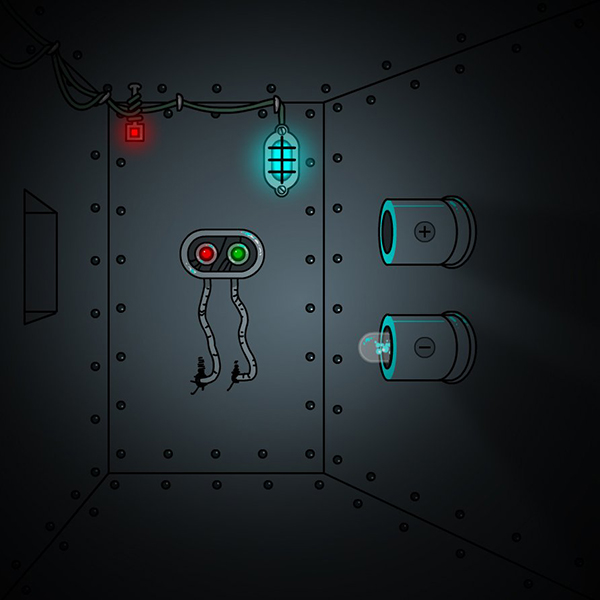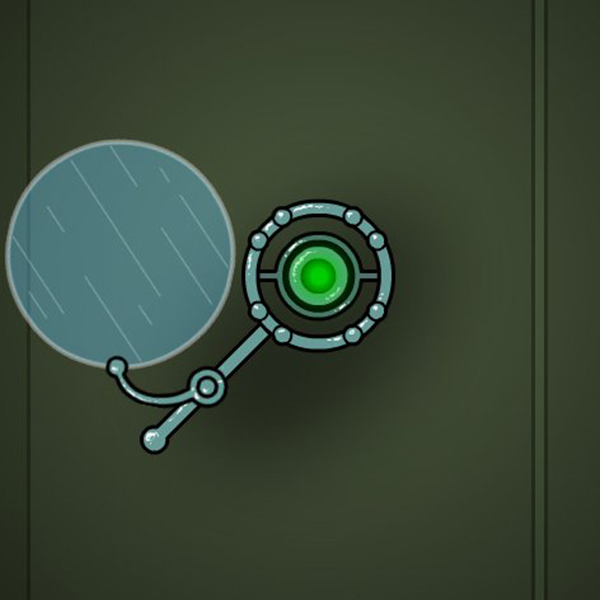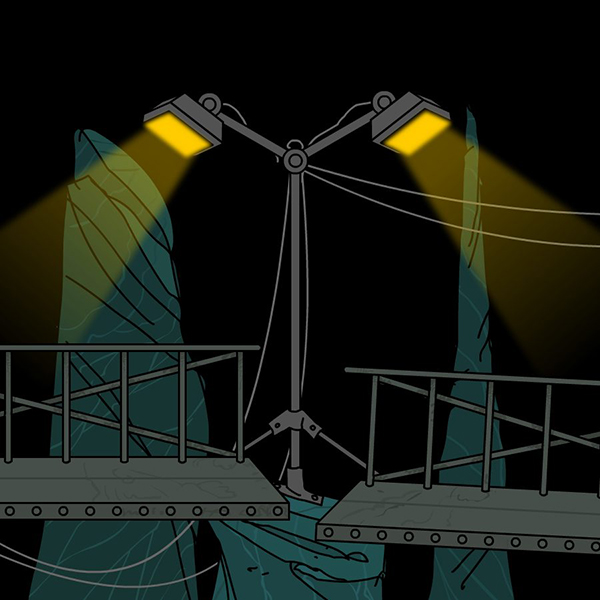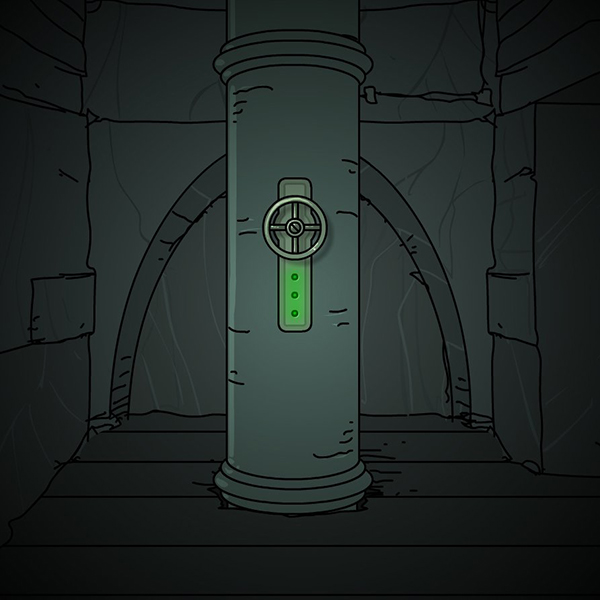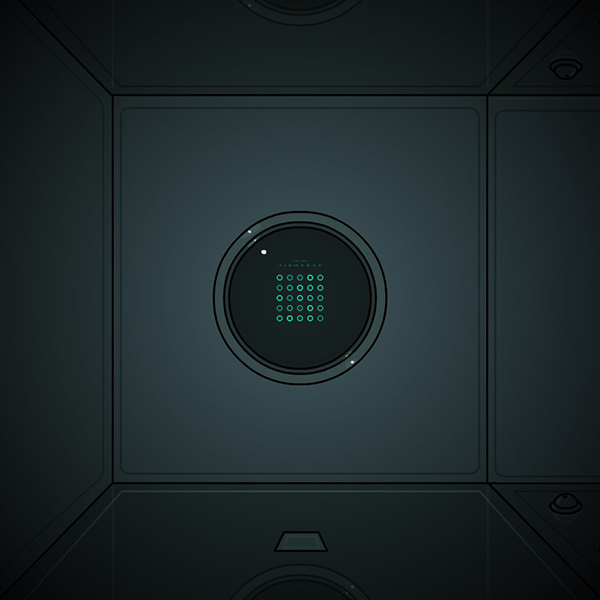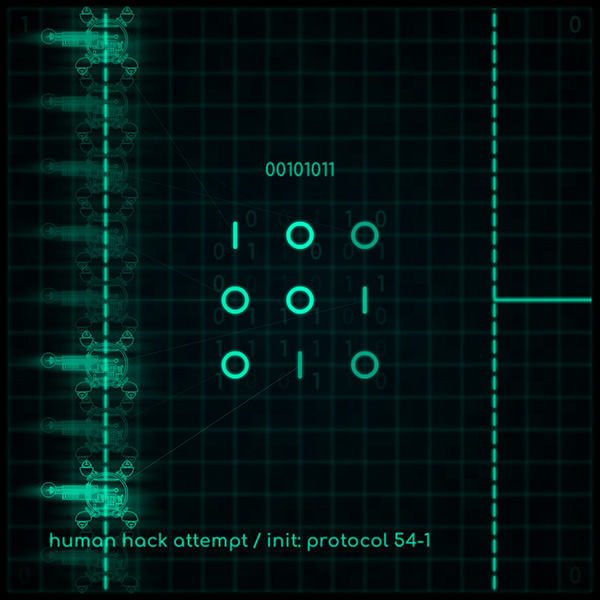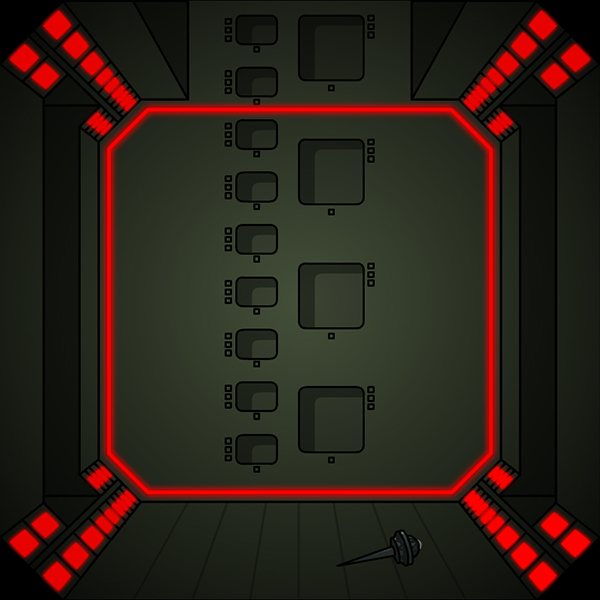Slice of Sea review on Polygamia
October 23, 2022
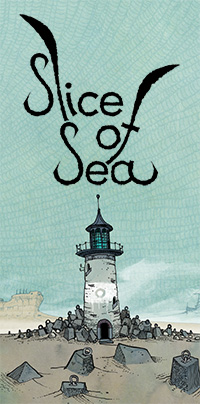 Slice of Sea to ręcznie rysowana przygodówka, o której nie słyszeliście, a powinniście.
Slice of Sea to ręcznie rysowana przygodówka, o której nie słyszeliście, a powinniście.
Nowa gra Mateusza Skutnika to kawał wyzwania dla miłośników gier logicznych. Przybliżamy tę oryginalną produkcję i rozmawiamy z jej twórcą.
Twórcą gry Slice of Sea jest Mateusz Skutnik, wybitny i utytułowany polski komiksiarz, twórca serii Rewolucje, Morfołaki i Blaki, autor gier flashowych z serii Submachine i Daymare Town. Jego twórczość mówi sama za siebie. Mateusz Skutnik jest jednocześnie człowiekiem, którego znam osobiście, stąd powstrzymam się w tym artykule od jakościowej oceny jego nowej gry. Uważam jednak, że jest obiektywnie na tyle interesująca, że warto przynajmniej zwrócić na nią uwagę.
4,5 roku. Tyle zajęło Mateuszowi Skutnikowi stworzenie jego pierwszej “pełnometrażowej” gry. Przygodowo-logicznej produkcji, ciekawie mieszającej gatunki i pełnej logicznych wyzwań. W porównaniu z poprzednimi grami, nad którymi pracował, różnica w skali jest kolosalna.
W 2018 wydawało mi się naiwnie, że praca potrwa około dwóch lat, tak żeby w 2019 gra była gotowa do wydania. Praca przedłużyła się jednak do czterech lat, a w międzyczasie gra rozrosła się i zmieniła się koncepcja wyglądu gry. Na początku miały to być statyczne obrazki po których biega bohater, potem wymyśliłem sobie, że zrobię paralelne horyzonty i fronty, co potroiło ilość potrzebnych grafik do gry. Nagle zamiast potrzebnych 172 pełnoekranowych rysunków gra wymagała ich 516 – mówi mi Mateusz.
Właśnie oprawa graficzna jest najbardziej wyróżniającym się elementem Slice of Sea. Każdy ekran (a jest ich multum) to osobne, ręcznie narysowane na papierze dzieło sztuki. Sam twórca mówi o grze jako o najważniejszym dziele jego kariery.
Na samym rysowaniu i malowaniu spędziłem dwa lata (2019 i 2020). I uważam, że warto było. Ta gra od samego początku miała być moją największą, najbardziej rozbudowaną pracą. Takie opus magnum. Nie darowałbym sobie, gdybym nie włożył w tę grę tyle, ile to możliwe. Teraz mogę śmiało powiedzieć, że dałem z siebie wszystko – mówi.
Ocenę tego, czy warto było również z perspektywy odbiorcy, pozostawię już Wam. Z pewnością jest to coś bardzo oryginalnego w koncepcie i realizacji. Bohaterem sterujemy za pomocą klawiszy WSAD jak w normalnej platformówce, a jednocześnie zagadki rozwiązujemy kursorem jak w przygodówce point and click. Prowadzi to do nietypowego miksu rozgrywki, który trudno do czegoś porównać. Jest to od początku do końca gra bardzo autorska.
To również jedna z tych małych gier, które przemykają gdzieś, często niezauważone. Dla jednego to dzieło życia, dla innych – jedna z dziesiątek gier, które trafiają na Steama każdego dnia. Byłoby mi, i tu włączę na koniec odrobinę subiektywizmu, zwyczajnie smutno, gdyby zginęła gdzieś w tym gąszczu. Wiem, że wciąż wśród graczy PC wiele jest osób, ceniących tego typu logiczną rozgrywkę. To dla Was.
Autor: Dominik Gąska.
[source]













